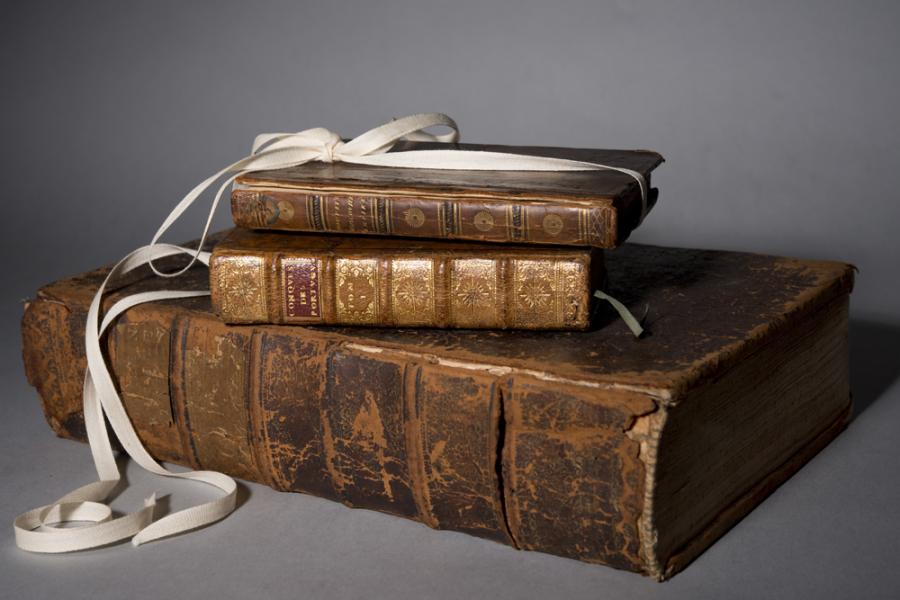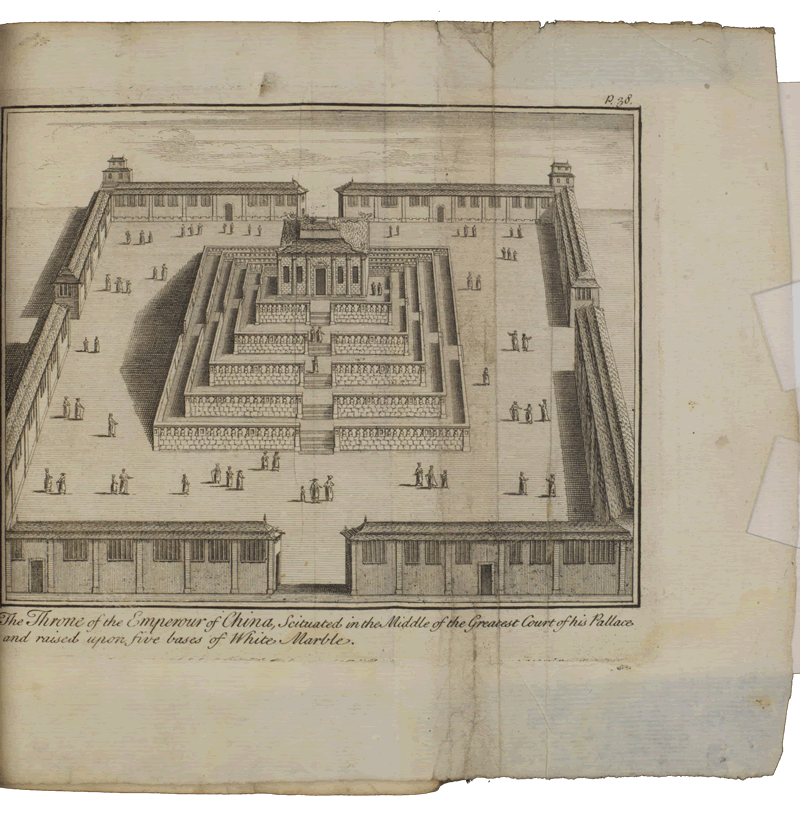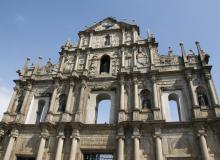Johann Adam Schall von Bell
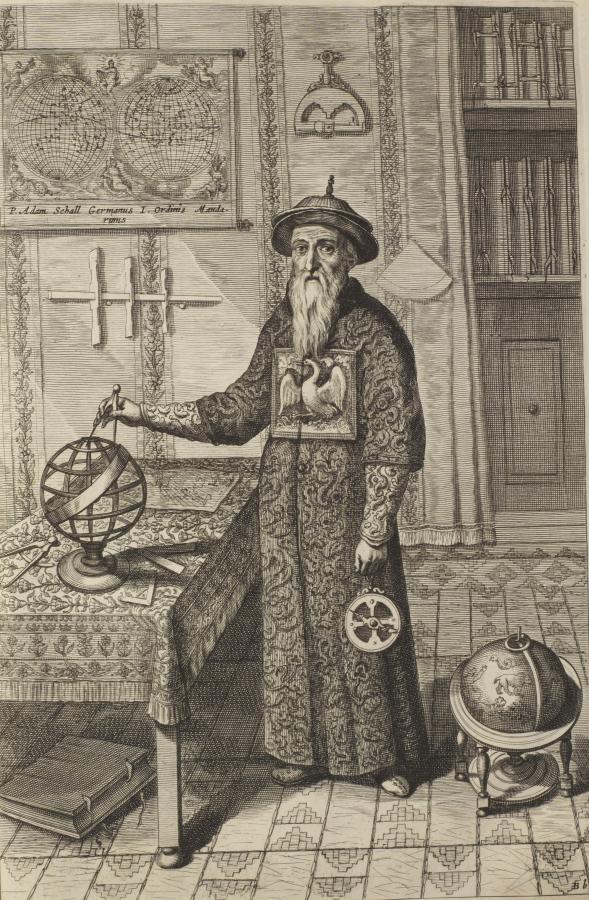
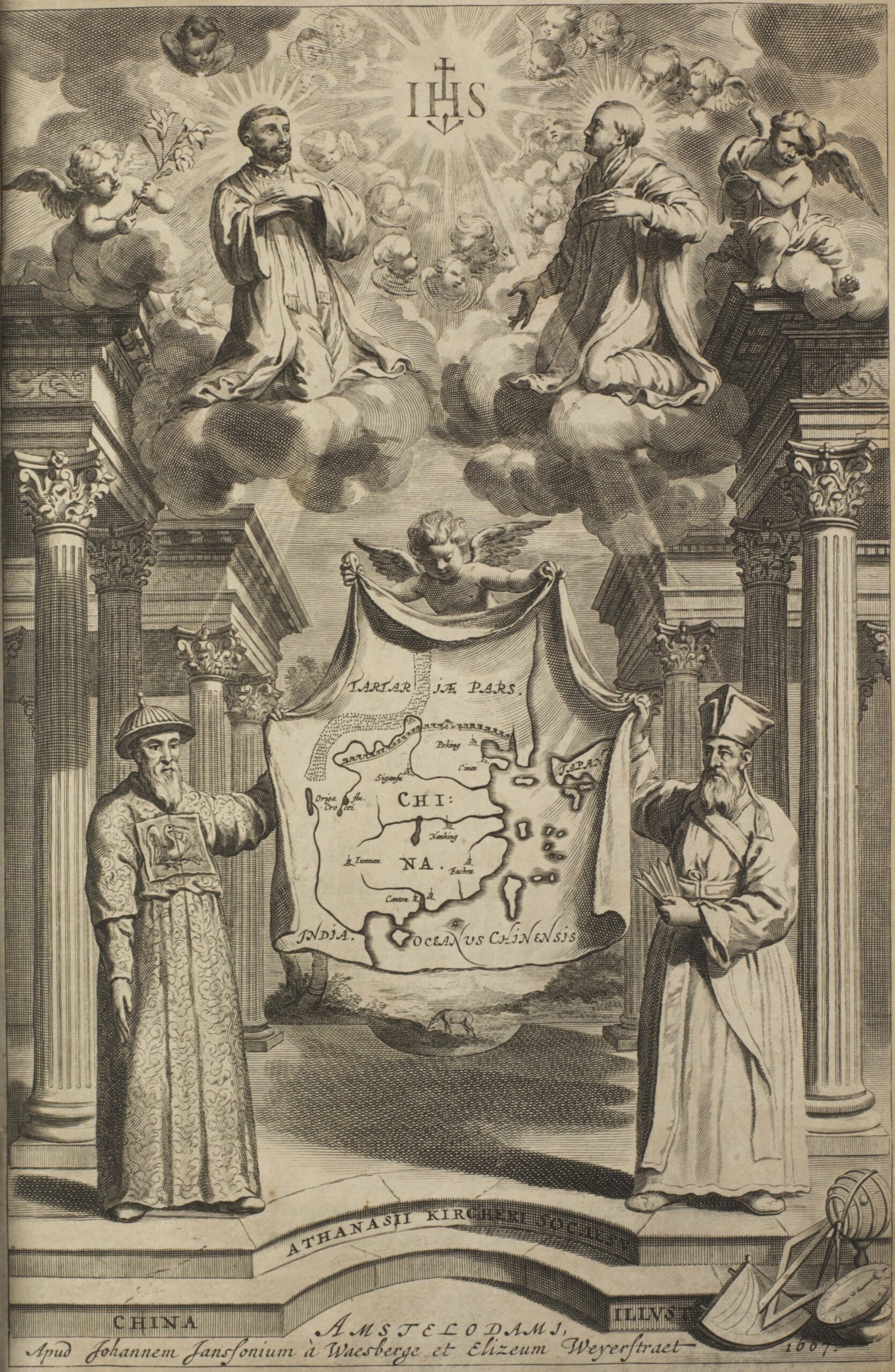
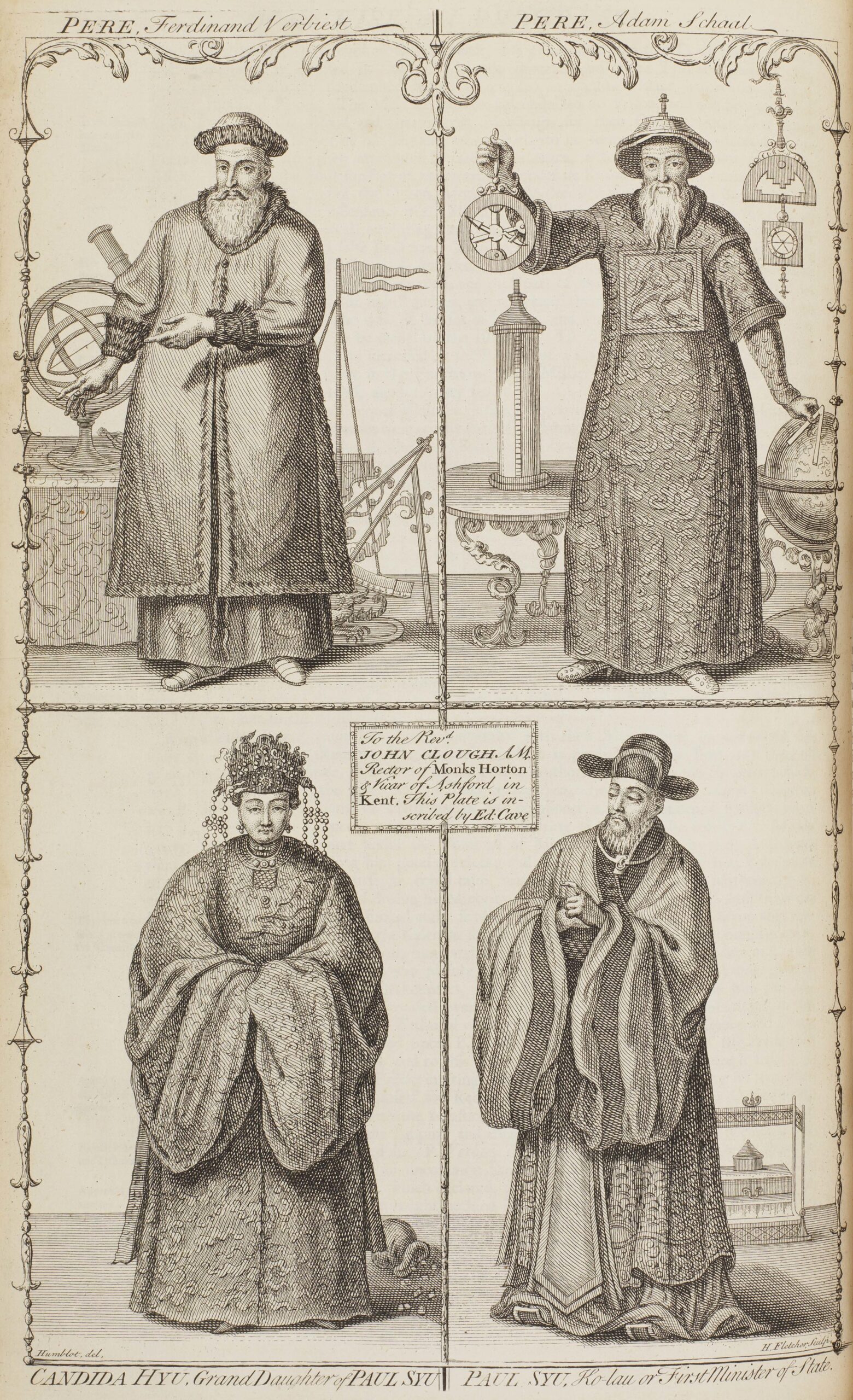
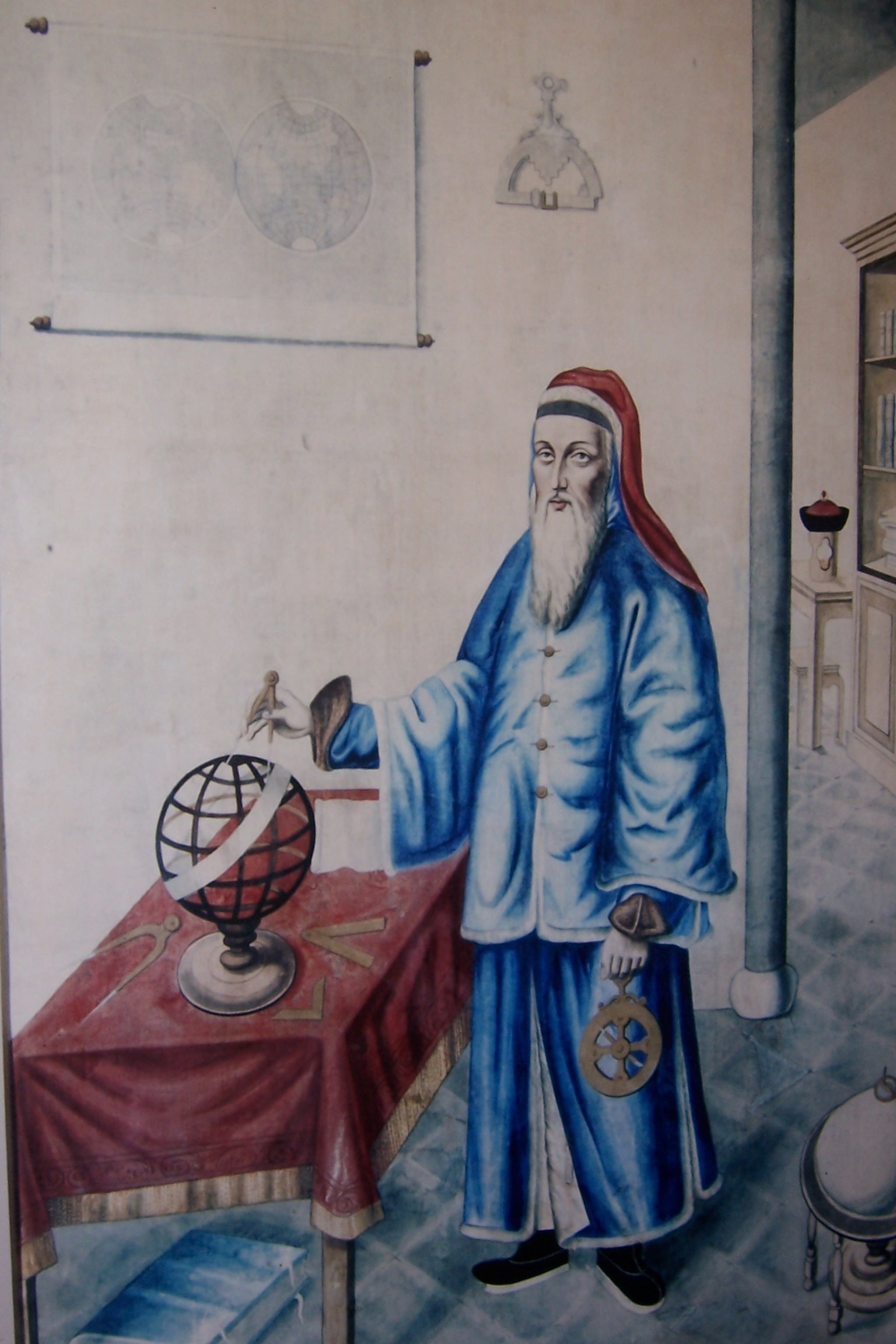
Jesuits working for the imperial court had to walk a fine line. On the one hand they were representatives and servants of Christianity, and thus could not engage in activities that went against their central Christian tenets. On the other hand, however, some of the work they were required to do placed them in ambiguous situations. As mandarins, what should they do when the emperor asked them to produce cannons, for instance, or when all the other scholars were bowing before the emperor as though making a sign of worship?
The Jesuits in Beijing had to negotiate such things on a daily basis, and when other religious orders or representatives of other countries came to the court, they were not always able to understand the actions of the Jesuits or their underlying motives. This was but one part of what has become known as the Chinese Rites controversy, which revolved around the most appropriate way to be Christian in China.
Johann Adam Schall von Bell was one Jesuit (1592-1666) heavily involved in the drama surrounding the imperial court. He had entered the Jesuits in 1611 and arrived in China in 1619. By 1630 he was working as an astronomer in Beijing, having replaced Johannes Terrentius Schreck (1576-1630) who had died earlier in the year. Schall subsequently worked for two dynasties, the Ming (1368-1644) and the Qing (1644-1911), and under the Shunzhi emperor was named the President of the Bureau of Mathematics in 1655. He held this post until 1664 when, during an anti-Christian persecution, he was stripped of his position and thrown into prison. Although he was later cleared of the charges against him and rehabilitated by Emperor Kangxi, his treatment led to a decline in his health and he died in 1666. Ferdinand Verbiest replaced him in the astronomical bureau in Beijing and his gravesite can be visited today.
Schall is often depicted wearing mandarin clothing, and holding the scientific instruments by which he was best able to work as a missionary. He was also involved in cartography. During his time in the imperial capital he also built a large church, known as the South Church, which was erected on the site of a church built before him by Matteo Ricci.

